It was a lovely morning, as always.
I am just a morning person and I have always enjoyed mornings; where the lovely hues are emanated from the first golden rays of sunshine which just light up the world with positive vibes.
The early start of the day is always good; because it is a new beginning all over again and there is just that hint of hope right in the air.
There is just so much I could go on and on about the reasons I love mornings, and I think it would do more justice to do another post wholly on mornings so this will do at the moment.
Mornings are great for taking walks, and it is just perfect that I was on vacation.
It was a busy morning on a working day and while everyone was just bent on heading to work; being somewhat immersed in their newspapers and coffee with a briefcase underneath their arms and then there are the students hurrying to their classes with their bags while their ears are stuffed with earphones, I was just, well, enjoying my own pace, taking it all in.
It feels good to not be in a hurry, sometimes.
I know how it's like; to be rushing to work or to classes or with that whole load of things on the mind while walking or even driving on the road.
It is just something that I am all too familiar with, and taking time away from it all, just does my mind and body good once in a while.
They are definitely grateful to me for it.
Melbourne CBD is just like any other city; though it was much more charming, in my personal opinion.
I wouldn't put it as an extremely hectic area yet I would not say that it was laid back either.
It was a harmonious sight and environment altogether; with that right amount of buzz of a city yet polished with a warm ambiance in the surroundings.
The trees and picturesque scenes dotting the streets along with the organized layout of the buildings standing in the city play their roles well to make up this enchanting scene.
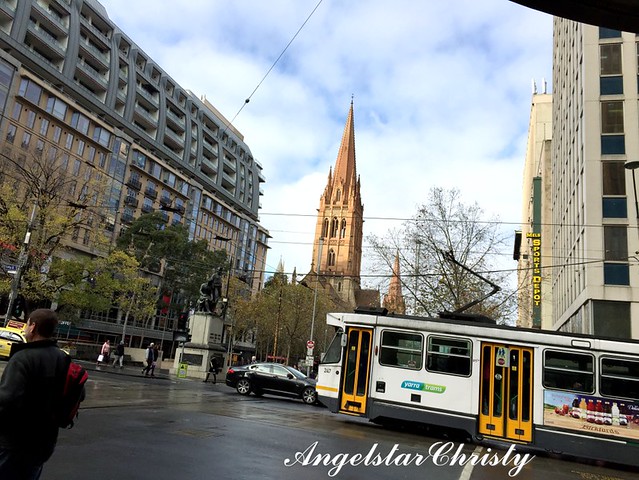
Then there's the people; who walk on the streets, in the shops and just past me, that just adds to that whole equation.
These are just the few little things that sum up my first few impressions of the city of the Melbourne, and I think I have already found my first few pieces of the jigsaw puzzle which make up the portrait of Melbourne's fame as one of the most livable cities in the world.
It is not just one of the most, it is on the top of the list, and including this year, it is a hat, or rather, a crown that Melbourne has been wearing comfortably for five years in a row.
I was on my own walking tour, a choice which I made although they had this city tram which was recently offered for free within the surrounding perimeters of the city for everyone.
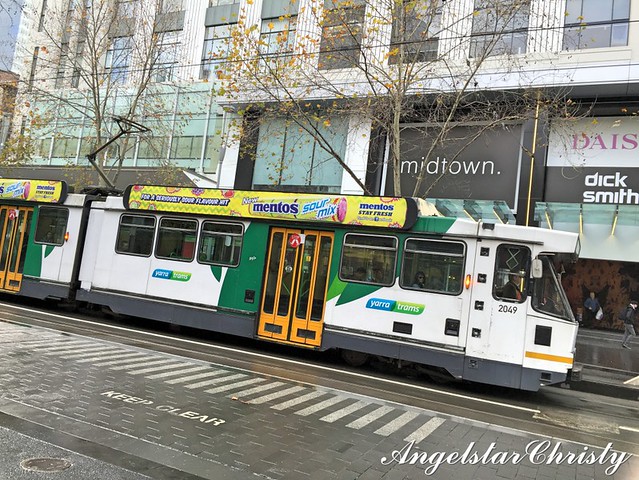
The city trams runs through the city square in a systematic pattern; covering most of the points for anyone to get from one place to another in the most convenient way.
It can be quite a fun ride, though you may need to squeeze yourself in a little especially during the peak hours.
I did take the tram a little, but I still enjoyed taking a stroll down the streets, because that is where most of the action takes place.
The florist putting out the flowers, the souvenir shops arranging their displays, the waiters setting up the tables in the cafes and restaurants, and the list just goes on.
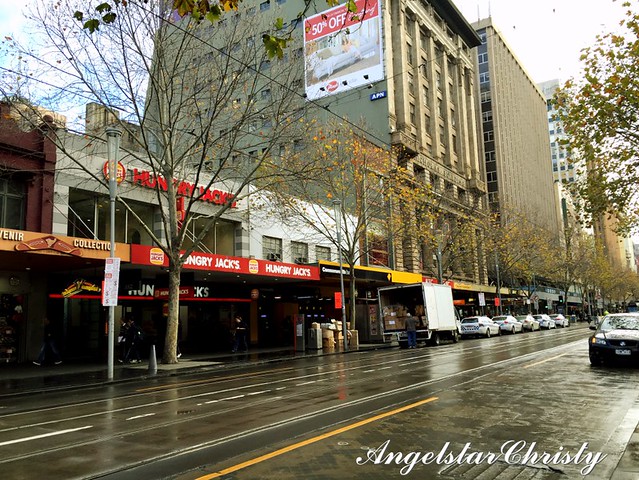
There is just so much to see along the way and it makes so much more sense to walk, where I could just simply stop anytime and anywhere I want which would not be possible had I been on the tram with other passengers; most of whom would be rushing for their own agenda.
My agenda was just to take in the local scenes and enjoy a brisk morning walk around the city.
It is impossible to miss this Anglican church; standing in her glorious Gothic transitional architectural form which makes up the background of Melbourne CBD area from almost every angle in the square.
The unmistakable sight of the lean and pointed spire standing erected on its ground while appearing to be piercing through the skyline of the city in its golden colors in shades of yellow, orange and brown is the brainchild of a notable English architect, William Butterfield.

Though it was designed entirely by Butterfield, sadly, he never saw the product of his work in construction due to the continuous controversies between himself who was based in England at the time and the local church authorities in Melbourne.
The dispute between both parties led to numerous delays on the building works of the church, and the foundation stone for the church was finally laid in the year 1880.
William opted out of the project in 1884, due to the heated argument and the project was then placed under the care of a local architect, Joseph Reed who oversaw and headed the establishment of the church until its completion.
Following the laying of the foundation stone in 1880, the consecration of the church followed in the year 1891, on the 22nd of January.
The church then took over St James Cathedral, one of the local nearby parishes standing between William Street and Collins Street, where it was later moved to another site near the Flagstaff Gardens.
The cathedral then stood, and served as one of the main parish church in the city.
Approximately three decades later following the church's operations, the works on the spire started in the year 1926.
The design of the spire was based on a different impression from the original concept of William Butterfield, conceived by another local Australian designer, John Barr, from Sydney.
The deviation from the original design by Butterfield led to an entire revolution and gave St Paul's a different impression from what would have been the replica form of another church; the Christ Church at South Yarra.
The spire took five years to complete and finally took its place as part of the church in 1931.
The completion of the church was in the 1960s and the church is the proud owner of the pipe organ by T.C Lewis, an Englishman who was one of the most distinguished and established organ builders back then.
Restoration works of the church continued in 1989; for the pipe organ which was funded by the National Trust, followed by major works on the spires, doors and the construction of the Moorhouse Tower Lantern building, all finalized in 2009.
Flinders Street Station is the main train station; a major transportation centre and hub since 19th Century Melbourne (to be covered in a separate post) and is located diagonally across the church.
In fact, itts proximity to the church is the reason for this site is selected for the establishment of the church.
It is one of the most prominent and iconic landmarks in the city of Melbourne, commanding tourists and locals to drop by the church for a visit.
A memorial statue of Captain Matthew Flinders on the grounds of where the church stands
While one would probably already be awestruck by the beauty and magnificence of its architectural charms, the church's pride and portfolio extend way beyond those striking arches.
St Paul's Cathedral is the first and probably the only one building among the city's population of 19th century public buildings, which is not made of bluestone; one of the city's main building materials.
While most of the buildings in the city of Melbourne appears to be part of a sea of bluish grey landscaping the city and forming the city's trademark feature, St Paul's Cathedral stood out among the rest with its sandstone materials; obtained from the Barrabool Hills and the Waurn Ponds Limestone, both of which are situated closely to the district of Geelong.
The warm and light golden shades of the church's buildings make up that hallmark of St Paul's Cathedral, as it stands out proudly among the the rest of the buildings in the city.
If you pay close attention to the colors, you will also notice that the spires are of a darker shade and texture compared to the rest of the church building, evidence of the difference in the construction gap of almost four decades in between the establishment works of the church.
The new addition to St Paul's which was completed in 2009; the new Moorhouse Tower is also the second highest Anglican spire in the world, following Salisbury Cathedral which holds the top spot.
At a glance, St Paul's Cathedral appears to sound and seems like a Roman Catholic Church but the other unique part is, this is actually an Anglican church though it is interjecting most of the practices from the Roman Catholic church in its local services in its Anglo-Catholicism preservation efforts.
(Anglo-Catholicism is intermarrying both the practices and beliefs from both churches; particularly the heritage and traditions from the Roman Catholic church while at the same time, projecting the identity of the Anglican church)
Therefore it is not surprising to find that there are eucharistic rites and the observation of saints, or most of the traditions observed by the Roman Catholic Church here in this cathedral.
In fact, even Pope John Paul II himself has visited the church on his trip in 1986; as part of the efforts to strengthen the unity through the dialogue of the Anglican and Roman Catholic Church.
St Paul's Cathedral is an awesome sight from the different angles, though at its location, the church enjoys the stunning views from the southern parts of the city.
One can view the church from the many different angles; from the street or even from the Flinders Street station.
The majestic grandeur of the church continues inside; though one is to be mindful that photography and videography are strictly prohibited inside the church.
One could however, request for the permission and pay a minimal fee of AUD$5 to take photos, though caution is still to be observed as a form of respect of the ceremony and rites taking place at the time.
As it is a place of worship, silence is to be observed at all times; whether you are a Christian or not.
I did not take much photos myself, and these are just the few glimpses of the inside of the church
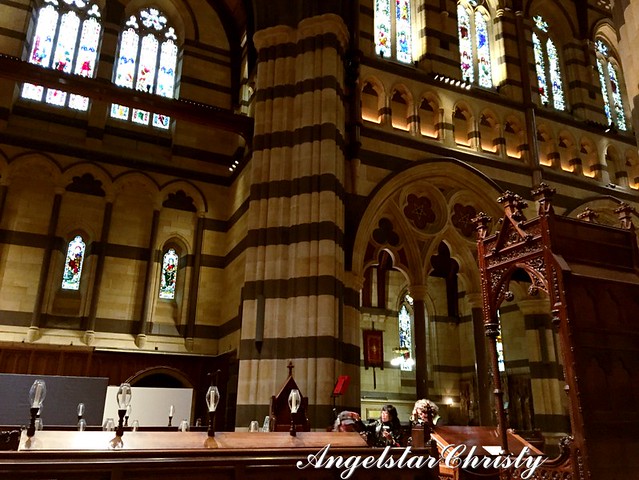
3. It is the only Australian Anglican church to maintain the old English traditions with the daily Choral evensong alongside Sunday and weekday Eucharistic celebrations.
4. St Paul's is the only building made of sandstone, from the bluestone mass of the 19th century public buildings in the city of Melbourne (bluestone was the main building material)
5. The shades of the spire and the rest of the church building differs in the color tones; with the spires having a few shades darker due to the close to 40-year gap in its construction.
6. St Paul's cathedral was to replace the St James Cathedral which relocated from its original location at the corner of William and Collins Street to another site near Flagstaff Gardens.
7. St Paul's Cathedral was initially the tallest building in the city of Melbourne at the time of its construction.
8. The spire from the newly constructed Moorhouse Tower marks the second highest Anglican spire in the world, trailing behind Salisbury Cathedral.
Sources of information:
Wikipedia

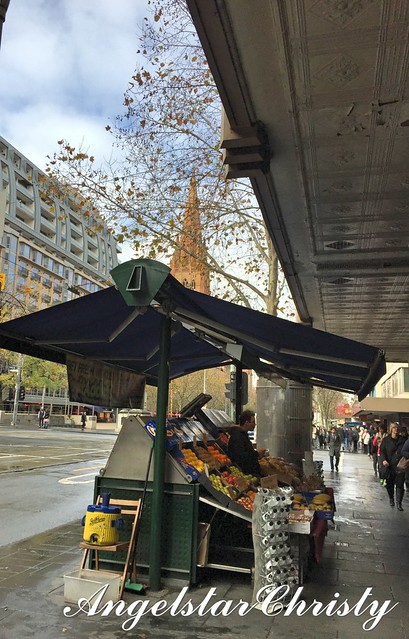
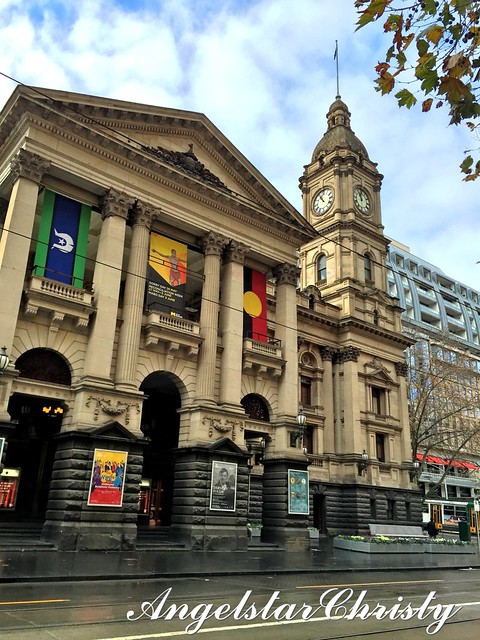
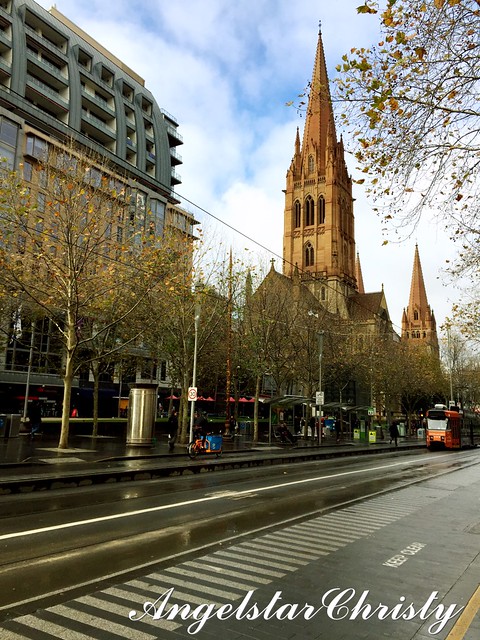
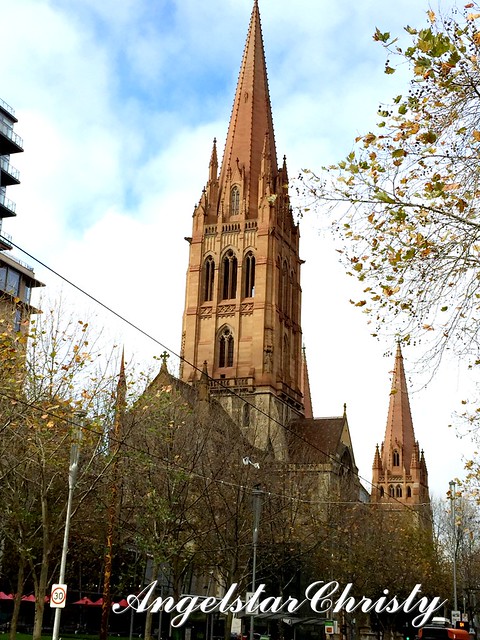

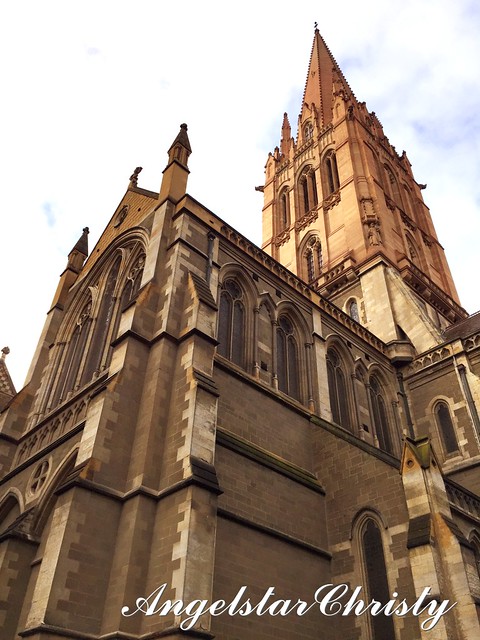
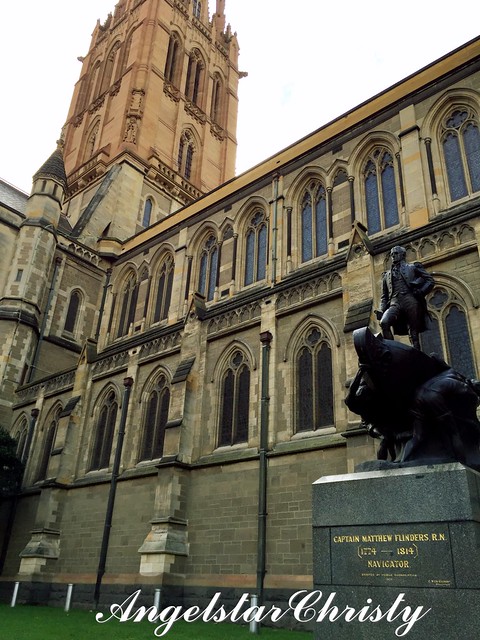
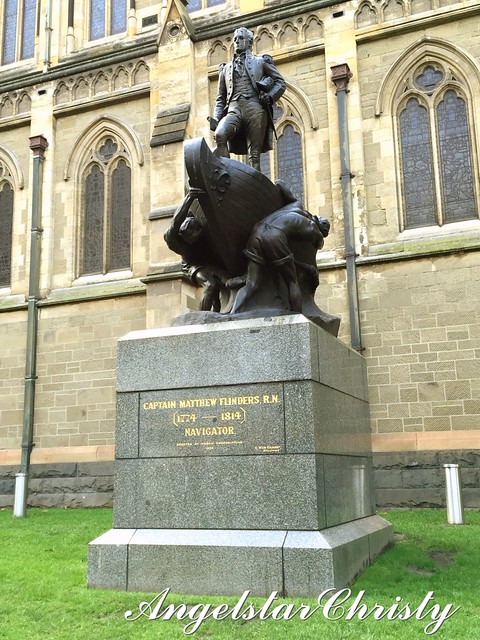
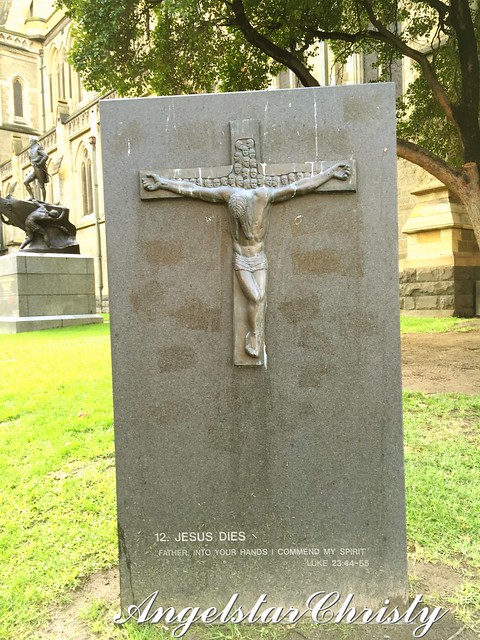
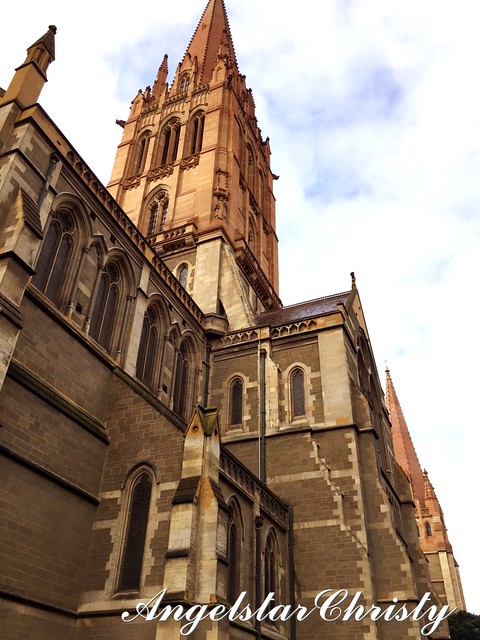
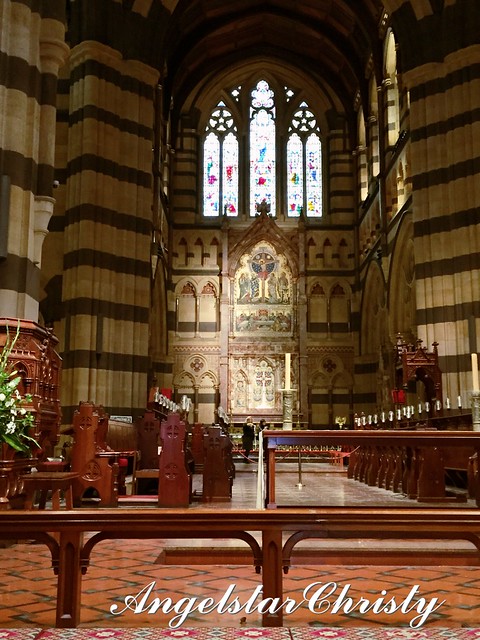
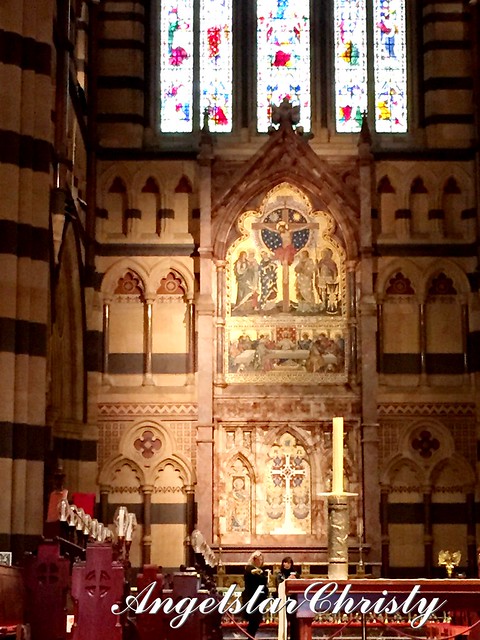
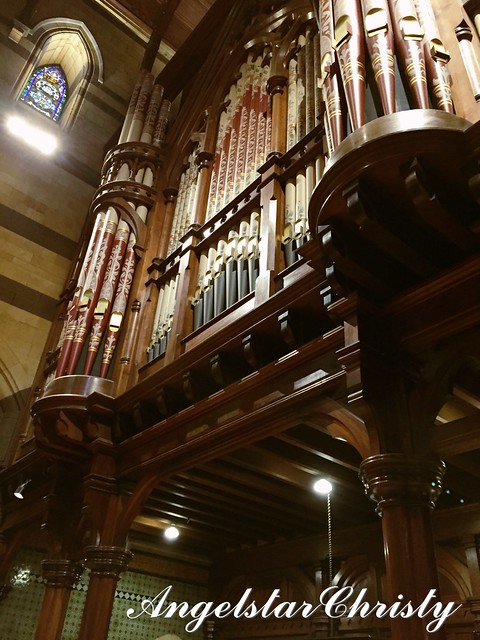
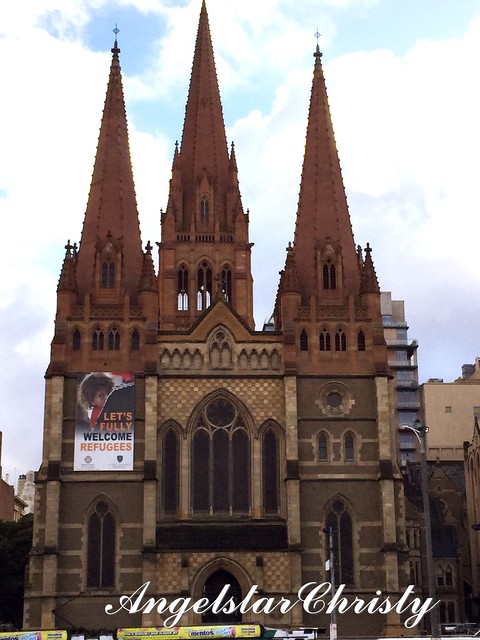
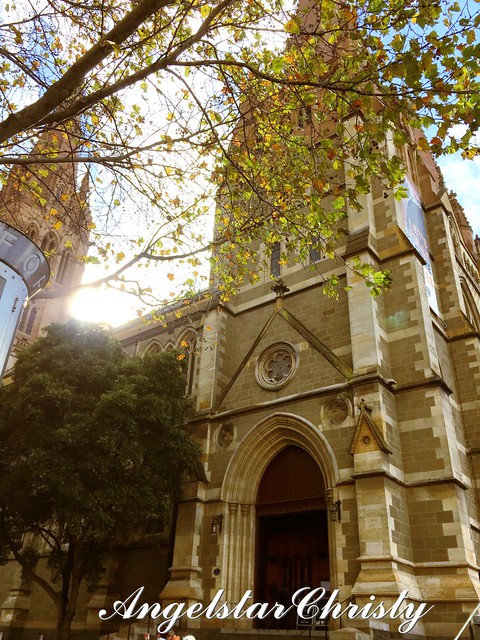
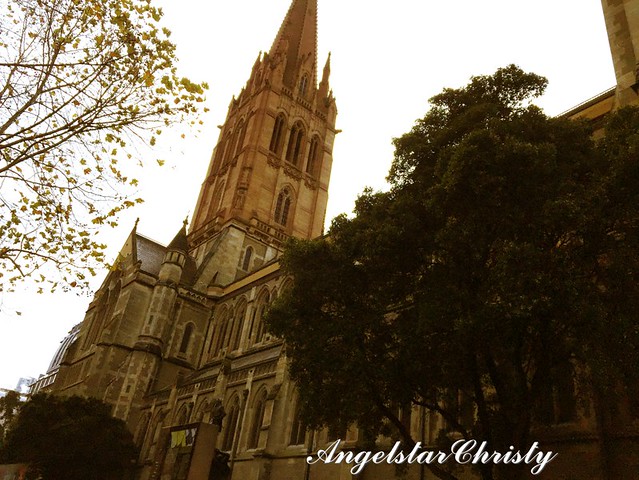
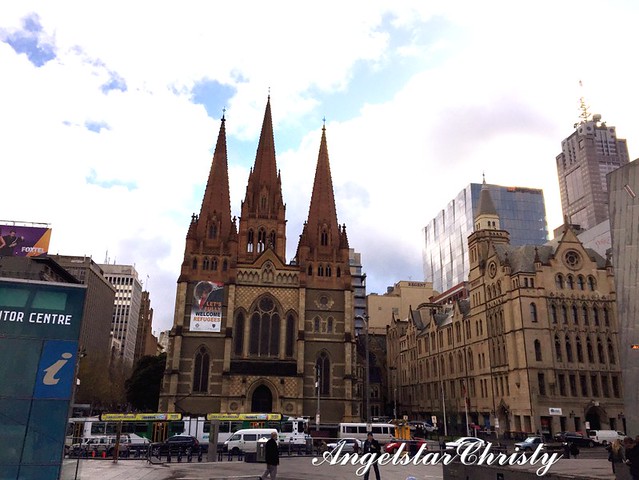
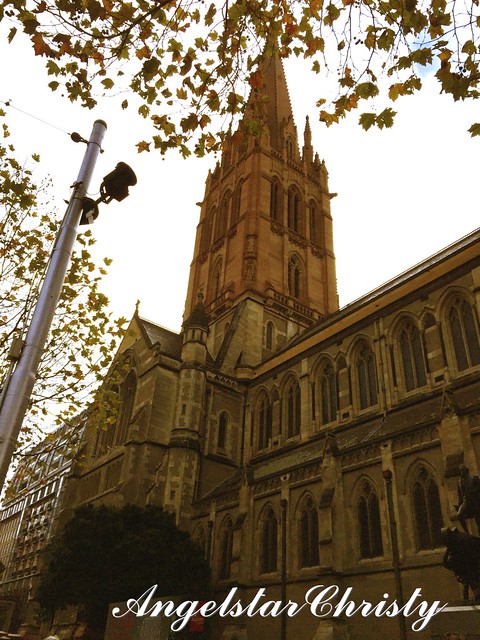


0 comments